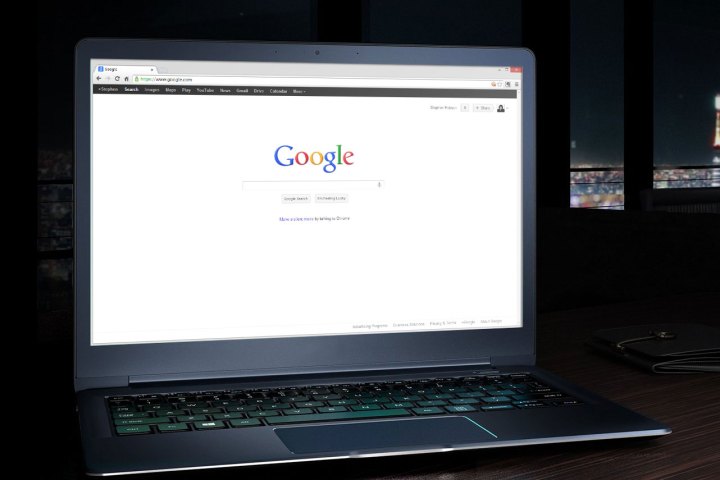
“The app launcher makes Chrome apps easy to open outside the browser,” writes Google Chrome Engineering Director Marc Pawliger, “but we’ve found that users on Windows, Mac, and Linux prefer to launch their apps from within Chrome.”
Instead of compartmentalizing Chrome’s feature set, Google is opting to make the Web browser itself easier to use by adding features like push notifications for Web pages, thereby nullifying the long-forgotten notification center. If you’re an avid user of the Chrome app launcher, fear not, as the software will be slowly eradicated over the next several months, which you’ll be reminded of in a “notice” from the Alphabet subsidiary.
In the next few weeks, you can expect to no longer see the launcher each time a Chrome app is installed, and in July, the launcher will be wiped entirely from the confines of the Internet.
Nevertheless, this by no means indicates that you’ll no longer be able to download Chrome apps. Instead, they’ll be conveniently packaged in your browser, accessible either by clicking the bookmark bar’s “apps shortcut” menu or by typing chrome://apps in the omnibox.
Considering the Chrome app launcher originally released for Windows in July 2013, its termination will undoubtedly serve as a disheartening celebration of its third anniversary. On a more optimistic note, the launcher is here to stay on Chrome OS, which quite honestly is the only place it made sense to begin with. Perhaps now we’ll see the day when Chrome doesn’t gnaw away at my laptop’s precious RAM and battery life.
Editors' Recommendations
- 5 web browsers you should use instead of Google Chrome or Edge
- Google’s Incognito Mode is in trouble
- Google may build Gemini AI directly into Chrome
- Google brings AI to every text field on the internet
- Google just settled a $5B privacy suit involving Chrome browser
